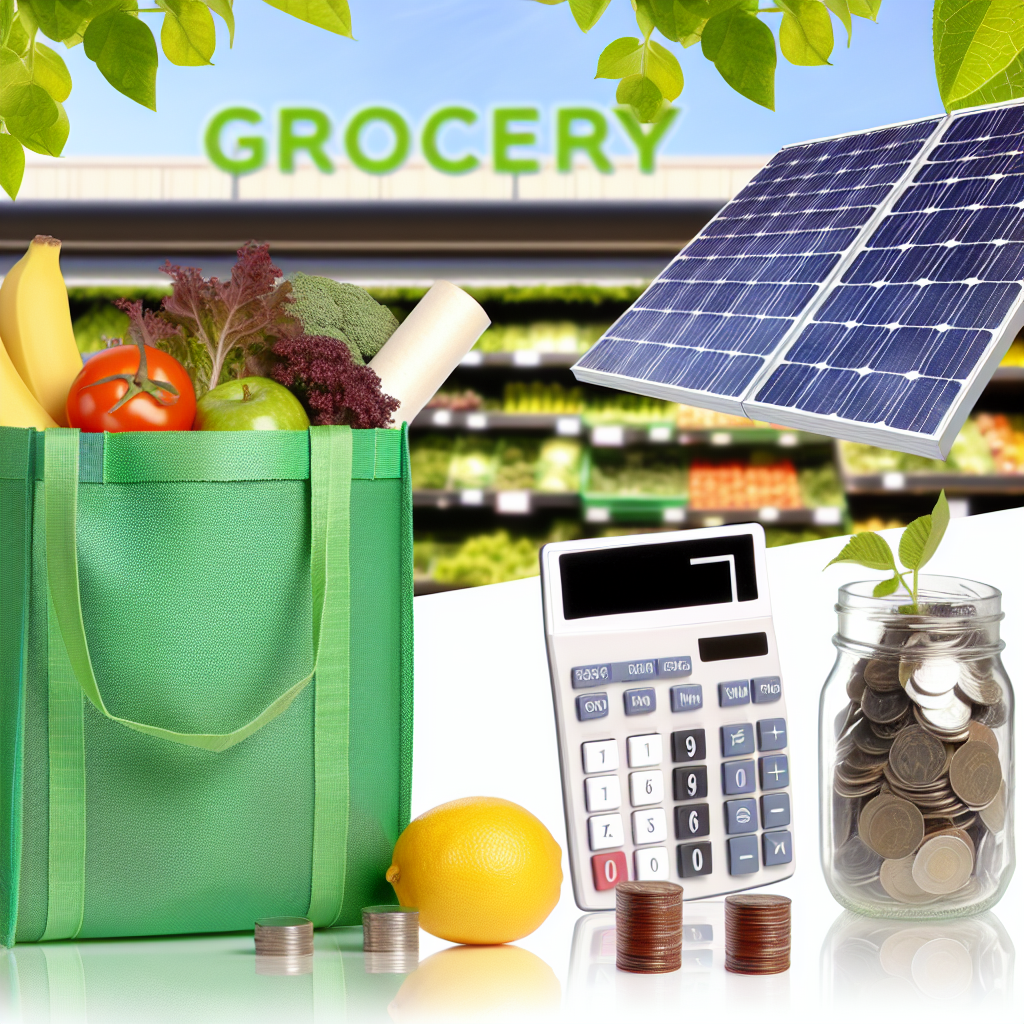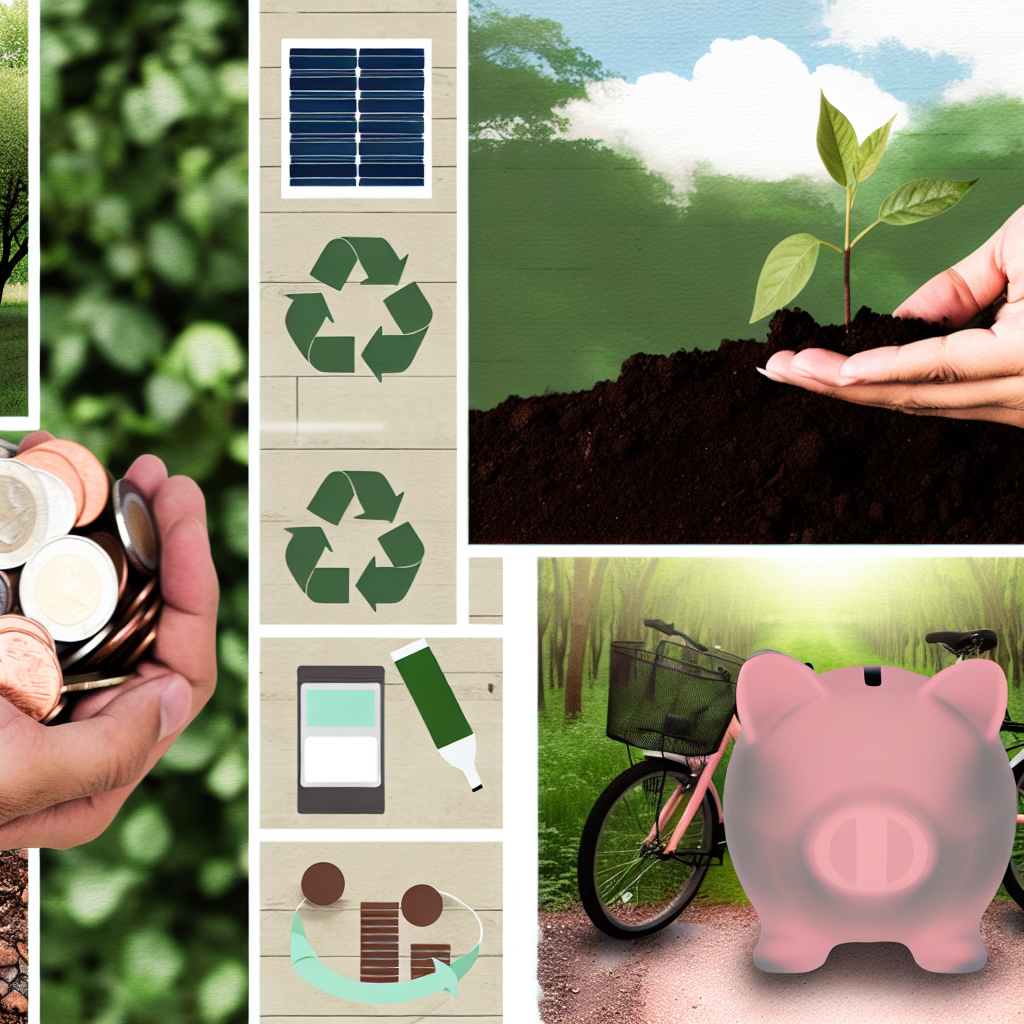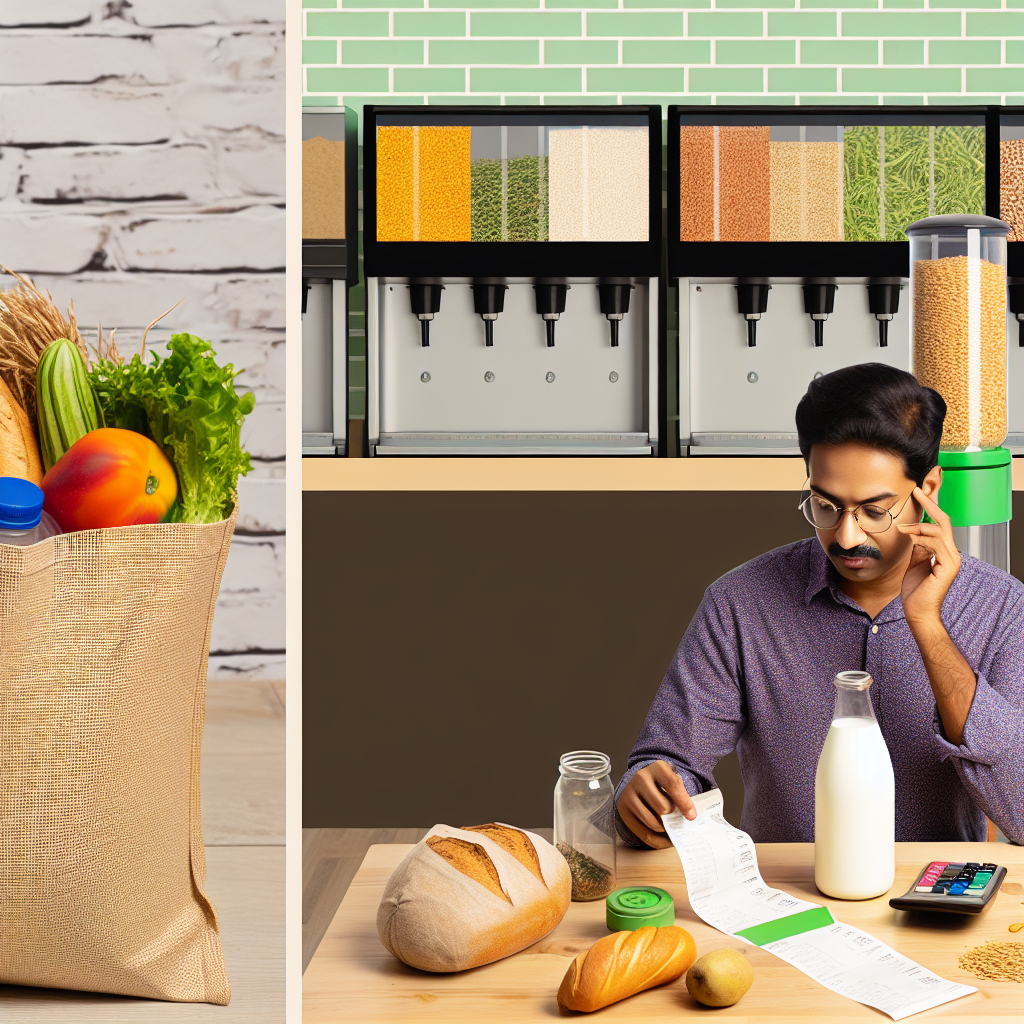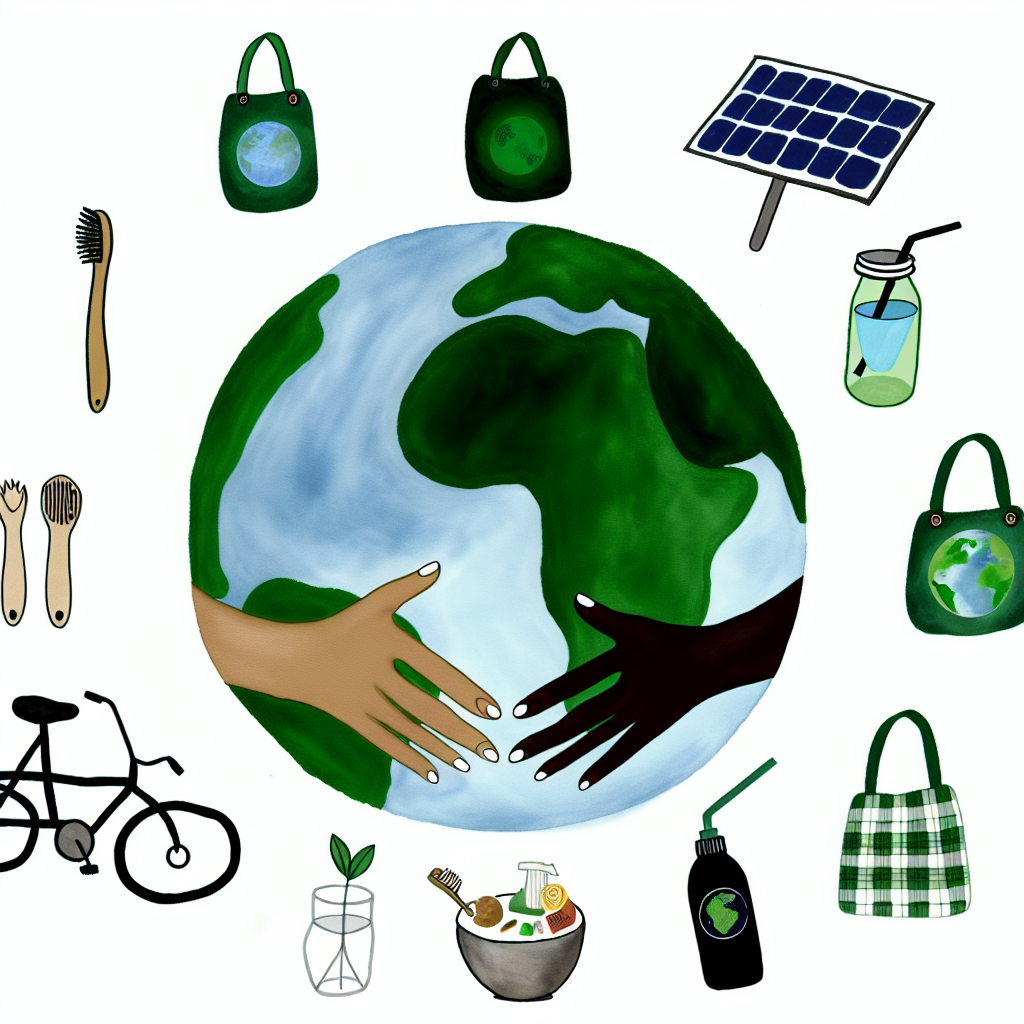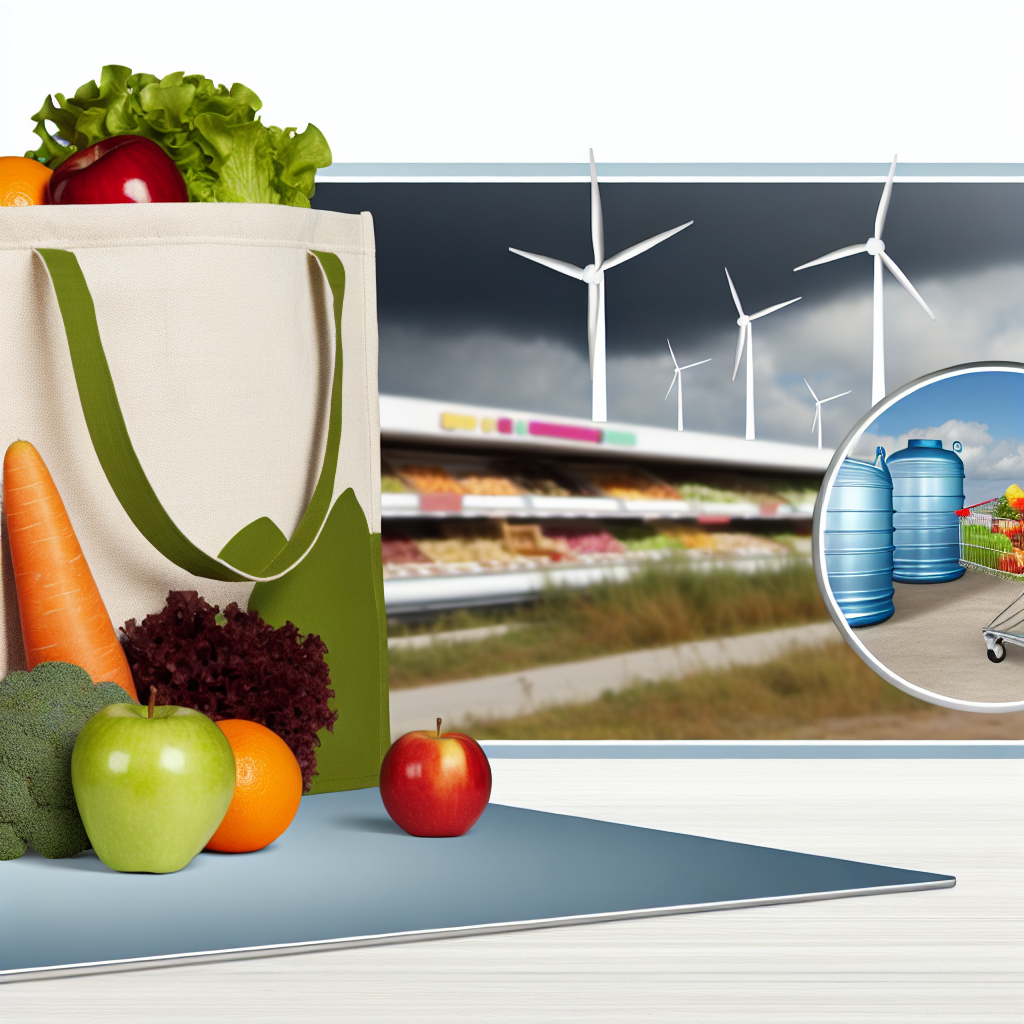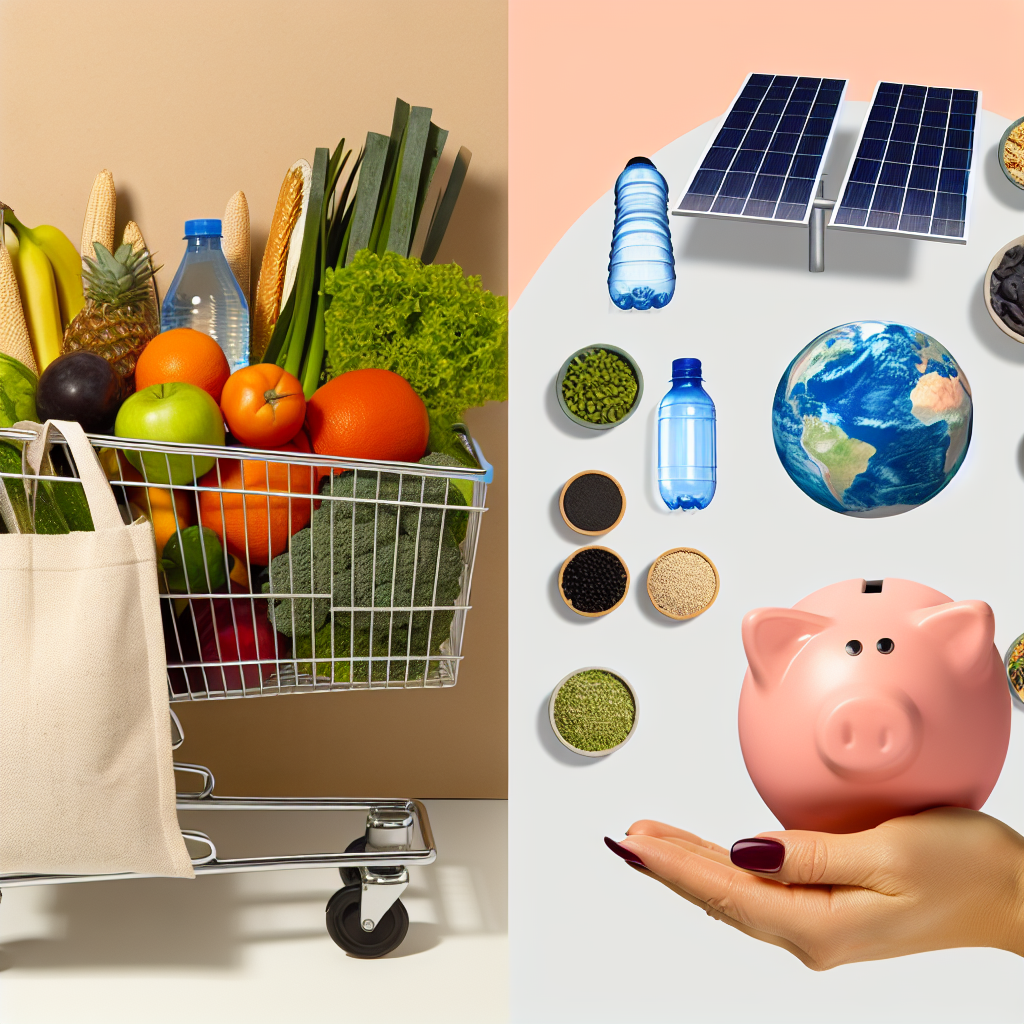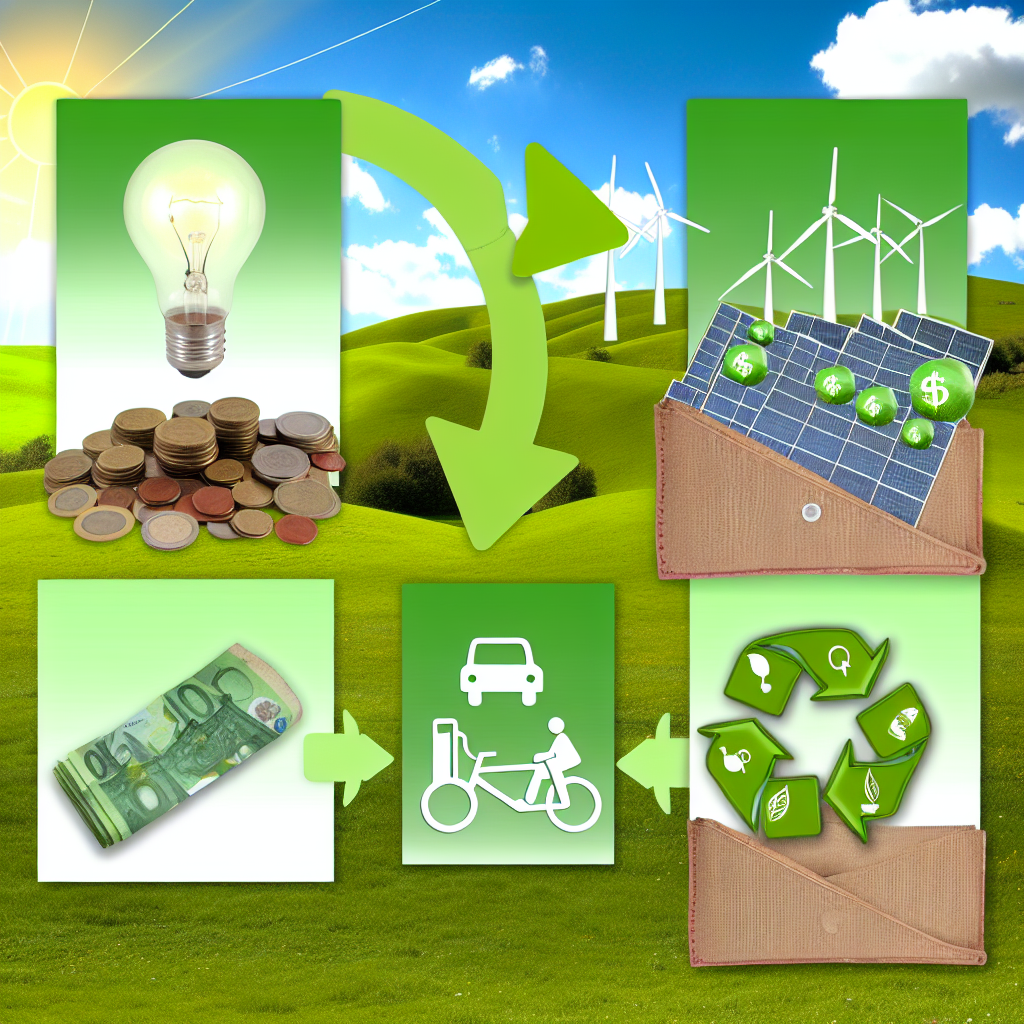Top 10 Ways to Save on Groceries While Helping the Earth
Introduction
Grocery shopping can feel like your money disappearing right before your eyes. With prices going up and all those tempting cereal boxes, it’s easy to spend more than you planned. Here at Frugal Zeitgeist, we want to help you keep your spending in check while also being kind to the planet. Today, we’re sharing our top 10 eco-friendly tips to lower your grocery bill and help the environment.
Saving money on groceries isn’t just good for your wallet, it’s great for the environment too! With these 10 tips, you’ll use less, waste less, and save more money. So grab your reusable shopping bag, and let’s start this fun and eco-friendly adventure!
Hack 1: Plan Your Meals
Meal planning is your way to own the kitchen. By knowing what you’ll eat each week, you won’t be guessing what’s for dinner or buying things you don’t need.
Steps:
- Create a Weekly Menu: Plan your meals for the week. It’s like making a surprise dinner plan!
- Check Pantry and Fridge: Look for food you already have. (But maybe leave that old peanut butter behind.)
- Make a Shopping List: Your grocery list is your best friend. Write down what you need to avoid buying things you don’t.
Hack 2: Buy in Bulk
Buying in bulk means you get more for your money and use less packaging. Nothing says “smart shopper” like a big bag of rice.
Key Items to Buy in Bulk:
- Rice, Beans, and Grains: These can fill you up for less money.
- Spices and Herbs: Add flavor without spending a lot.
- Nuts and Seeds: Tasty and healthy snacks in big bags.
Hack 3: Choose Local and Seasonal Produce
Buying local fruits and vegetables is good for you and the planet. It also supports local farmers.
Tips:
- Visit Local Farmers’ Markets: Meet the people who grow your food and get the freshest produce.
- Join a CSA: Sign up for Community-Supported Agriculture to get fresh, local produce delivered to you.
Hack 4: DIY Kitchen Staples
You can save money by making some foods yourself. Plus, homemade foods don’t have all the extra ingredients packaged foods do.
Examples:
- Homemade Bread and Pasta: Make your own and save a bundle.
- Nut Milks and Butters: Blend your own almond milk or peanut butter.
- Sauces and Dressings: Create your own tomato sauce or salad dressing.
Hack 5: Use Leftovers
Love your leftovers! They save you time and money on cooking another meal.
Suggestions:
- Plan a Leftover Night: Use leftovers like you’re in a cooking show.
- Store Leftovers Properly: Use eco-friendly containers to keep food fresh longer.
Hack 6: Grow Your Own Herbs and Vegetables
Growing your own food is like having a little money tree. Plus, it’s fun to watch your food grow!
Easy Options for Beginners:
- Basil, Mint, and Cilantro: Add flavor to any meal.
- Lettuce and Spinach: Nothing beats salad greens from your garden.
- Cherry Tomatoes: Sweet and juicy directly from the vine.
Hack 7: Use Food Scraps
Don’t throw away those scraps! You can make them into something useful and delicious.
Ideas:
- Vegetable Stock from Scraps: Turn scraps into a yummy broth.
- Regrow Veggies from Scraps: Turn your leftover onions into new onions.
Hack 8: Use Reusable Bags and Containers
Avoid single-use plastics by using reusable bags and containers. They help the planet and look great too!
Eco-Friendly Options:
- Tote Bags: Stylish and strong.
- Glass Containers: Use instead of plastic ones.
- Beeswax Wraps and Silicone Bags: Say goodbye to clingfilm with these cool options.
Hack 9: Store Food Right
When you store food well, it lasts longer. This means you waste less and spend less.
Techniques:
- Canning and Freezing: Keep your food fresh longer.
- Proper Refrigeration Techniques: Learn to store food the best way possible.
Hack 10: Shop Smart
Shopping smartly at the grocery store helps you stick to your budget.
Strategies:
- Avoid Shopping When Hungry: When you’re hungry, everything looks good!
- Regularly Check Your Grocery Habits: Keep your shopping list up-to-date.
Conclusion
These eco-friendly tips not only save you money, but they also help you live a more sustainable life. From planning meals to growing your own food, these tips are small changes that make a big difference. Remember, being eco-friendly is a journey full of savings and satisfaction. Happy shopping, planet heroes!
